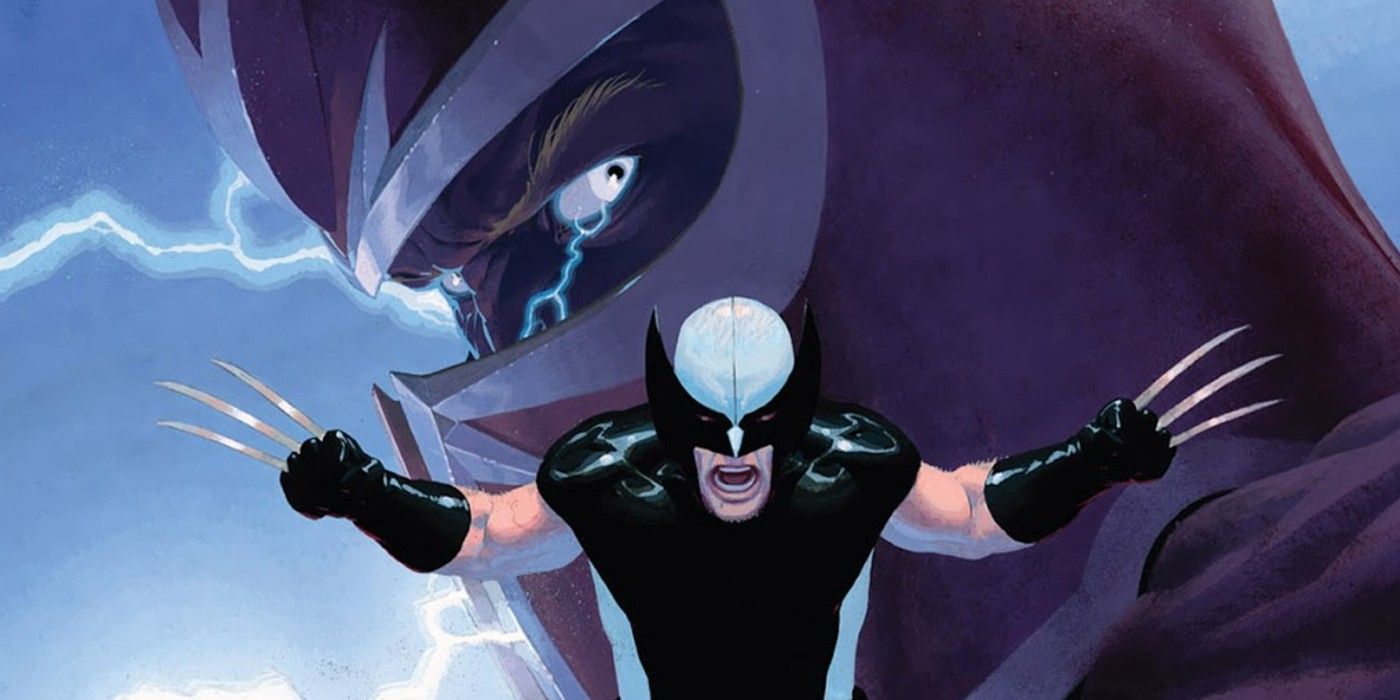Wolverine once took on a dark and very personal mission to assassinate a surviving Nazi officer for Magneto. While a shared dream of a mutant nation currently sees the two fighting on the same side, Logan has a brutal history with the Master of Magnetism. As opposing ends of a deep ideological struggle, the pair have come to blows many times, with Magneto famously ripping the adamantium off Wolverine’s bones in one particularly nasty showdown.
Despite the animosity, there have been brief moments of peace between Charles Xavier’s fallen friend and most rebellious lieutenant. One came during the days of the Uncanny X-Force, Wolverine’s off-the-books team of lethal mutants with a habit of preemptive strikes and severed limbs. As the man who was once Max Eisenhardt presented the X-Force with a target so vile that Wolverine personally broke the team’s “no vengeance” rule.
Click the button below to start this article in quick view.
Uncanny X-Force #9 from Rick Remender and Billy Tan is a bleak and somber issue in a series that already stood as one of the darkest team books of the last decade. It begins with Dr. Nemesis delivering Magneto the location of an escaped Nazi S.S. Officer who was presumably present during a young Magneto’s imprisonment and torture at Auschwitz. Visibly shaken, Magneto takes the dossier to Wolverine and pleads with his frequent enemy for assistance. Understanding the gravity of the situation, Wolverine agrees and deploys to Brazil with a katana on his back. He finds the elderly war criminal living on a farm outside of Rio De Janeiro, having lived a long and guilty life with his family in hiding. The Nazi warns a silent Logan that one day his own victims will come for him, but Wolverine cleaves into the man with his sword all the same. It’s a grim turn for a series that began with a lighthearted heist between Wolverine and Fantomex.
Remender and Tan tell this story with very little dialogue, and it completely works. This is a very quiet story that focuses on character rather than action or plot development. The uncharacteristically vulnerable Magneto is a standout. He may be one of the most powerful men on the planet, but the trauma of surviving the greatest atrocity in human history is something that will always linger with him and has understandably defined his outlook on humanity. Wolverine gets a few character beats too. Readers are given a rare glance at Logan’s room. It’s practically empty barring a few items. A bookcase, a bearskin rug, a photo of Jean Gray, and a katana hung up under a plaque with a fitting maxim for a man like Wolverine. “I have a high art, I hurt with cruelty those who would damage me.”
Superhero comics may largely be about epic battles between people in silly costumes, but the medium is capable of far more than that. This issue is proof. Apart from Wolverine depicting the only appropriate response that should be given to Nazi philosophy and those who support it, the issue is a particularly moving look at the physical and mental scars of the Holocaust left behind on a fictional character like Magneto and a countless number of real-life people. Magneto’s backstory is among the most tragic in the Marvel Universe, and books like Uncanny X-Force #9 help make Magneto a character that cannot be defined as a hero or villain.
About The Author
